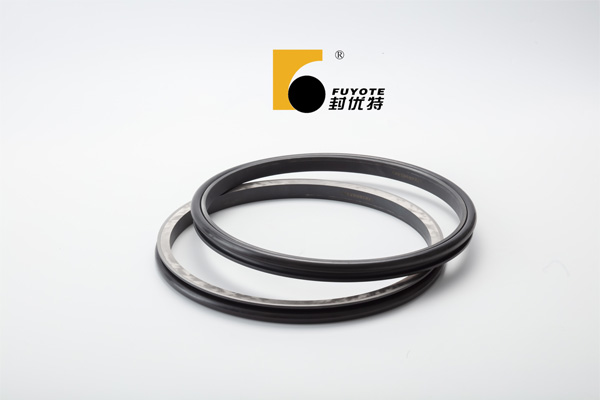Skeleton oil seals and floating seals play crucial roles in the industrial sector by providing sealing and protection for mechanical equipment. However, many individuals are unclear about the distinctions between these two types of oil seals. This article aims to outline the key variances between skeleton oil seals and floating seals.

The skeleton oil seal is a commonly used sealing device, typically comprised of a metal skeleton and a rubber sealing lip. Its notable features include a robust structure, exceptional durability, and effective sealing capabilities. This type of seal achieves its sealing function by being securely attached to the shaft and creating pressure contact with the sealing lip. Skeleton oil seals are suitable for various types of mechanical equipment, such as generators and gearboxes, due to their reliable sealing performance and longevity.
In contrast, floating seals have a distinct structure and operational principle. Consisting of a rotating ring and a stationary ring, floating seals rely on a thin oil film between the rotating and stationary components for sealing, eliminating the need for mechanical contact during shaft rotation. Compared to skeleton oil seals, floating seals experience less deformation and friction. They are ideal for equipment with high rotational speeds, offering a longer service life, superior sealing capabilities, and minimal wear from rotational forces.
Moreover, skeleton oil seals impose higher requirements on the shaft’s roundness and smoothness during installation, while floating seals are more adaptable to vibrations and eccentricities, with lower shaft requirements. It is worth noting that installing skeleton oil seals is relatively straightforward, whereas installing floating seals necessitates specialized tools and precautions.